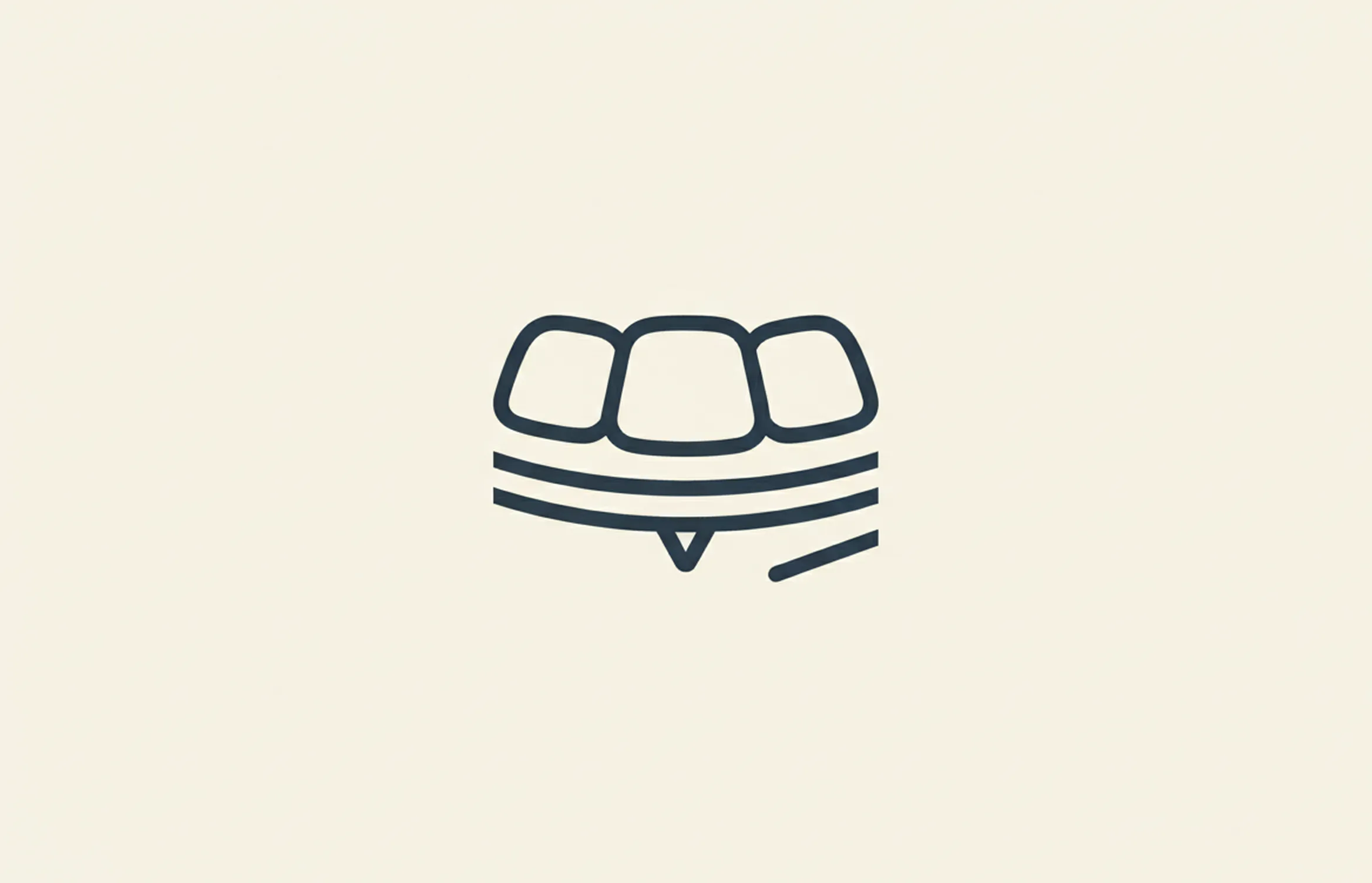Lots of people look in the mirror and find one part of their smile they wish they could change. For many, teeth contouring is a quick and straightforward solution for those who would like their teeth to be just a little straighter.
What is Dental Contouring?
Dental contouring involves a dentist removing the top layer of a tooth to change it's shape, length, or appearance. Only the top layer of enamel is removed, making it a minor adjustment. However, this small change can have a considerable impact on the overall look of your smile.
This procedure is often carried out on pointy teeth to round them off or on slightly crooked teeth to help them appear straighter. A dentist can also perform teeth shaving to give a smoother, more polished look to your teeth. All in all, dental contouring is a form of teeth reshaping that is quick and minimally invasive.
What's Involved?
To reshape your smile, the dentist will perform enameloplasty – the official name of teeth contouring. Usually finished in thirty minutes or less, the dentist will use tools to scrape and sand your teeth. They may be filing your teeth as well, depending on the extent of the procedure. Afterwards, the dentist will polish your teeth to make them shine like new and help protect them.
The procedure only removes the top layer of your teeth – the enamel. Enamel is vital to protecting your teeth from bacteria. It is only 2.58 mm thick, so no more than that should be taken off with a proper procedure.
Pros & Cons
Many people consider dental contouring. Some of the advantages include:
- Simple and fast (usually less than 30 minutes)
- Only has to be done once for a lifetime of benefit
- Smoother teeth
- More symmetrical smile
- Can eliminate chips or cracks in teeth
- Improved bite if long teeth are evened out
While these are some excellent things to look forward to, there are drawbacks. These include:
- Can only be used on minor cosmetic problems
- Enamel does not grow back; if too much is taken, teeth may become extra sensitive and open to infection
- Potential for tooth discolouration
- Teeth are more fragile and sensitive due to lack of enamel
Alternative Treatments
Dental contouring is a permanent procedure. It takes away your teeth's enamel, and this top, protective layer does not grow back. So, you may wish to forgo teeth contouring for an alternative treatment.
Standard alternative options are:
- Clear Aligners: these invisible retainers straighten teeth over time for a symmetrical smile.
- Braces: this standard orthodontic device moves teeth to a more desirable location using metal brackets.
- Dental veneers: dentists can add a porcelain or composite tooth on top of a crooked, stained, or chipped one to improve appearance.
- Tooth bonding: dentists will add composite resin for filling teeth or reshaping misshapen teeth.
Contouring your teeth through a simple dental procedure can be a very enticing prospect. In less than an hour, your smile can be both straighter and smoother. While there are plenty of alternatives, this procedure is quite popular for a good reason.
Sources and References
-
[1]
Cosmetic recontouring for achieving anterior estheticsJournal of Esthetic and Restorative Dentistryhttps://pubmed.ncbi.nlm.nih.gov/31061994/
-
[2]
Enameloplasty and esthetic finishing in orthodonticsAmerican Journal of Orthodontics and Dentofacial Orthopedicshttps://pubmed.ncbi.nlm.nih.gov/21977952/
-
[3]
Dental Enamel Formation and Implications for Oral Health and DiseaseInternational Journal of Molecular Scienceshttps://pmc.ncbi.nlm.nih.gov/articles/PMC6151498/
-
[4]
Dentin Hypersensitivity: Etiology, Diagnosis and TreatmentSultan Qaboos University Medical Journalhttps://pmc.ncbi.nlm.nih.gov/articles/PMC3927677/
-
[5]
Minimally Invasive Approach for Improving Anterior Dental AestheticsCase Reports in Dentistryhttps://pmc.ncbi.nlm.nih.gov/articles/PMC6146902/
All sources accessed and verified on . Medical information reviewed for accuracy and compliance with current guidelines.
Related Articles
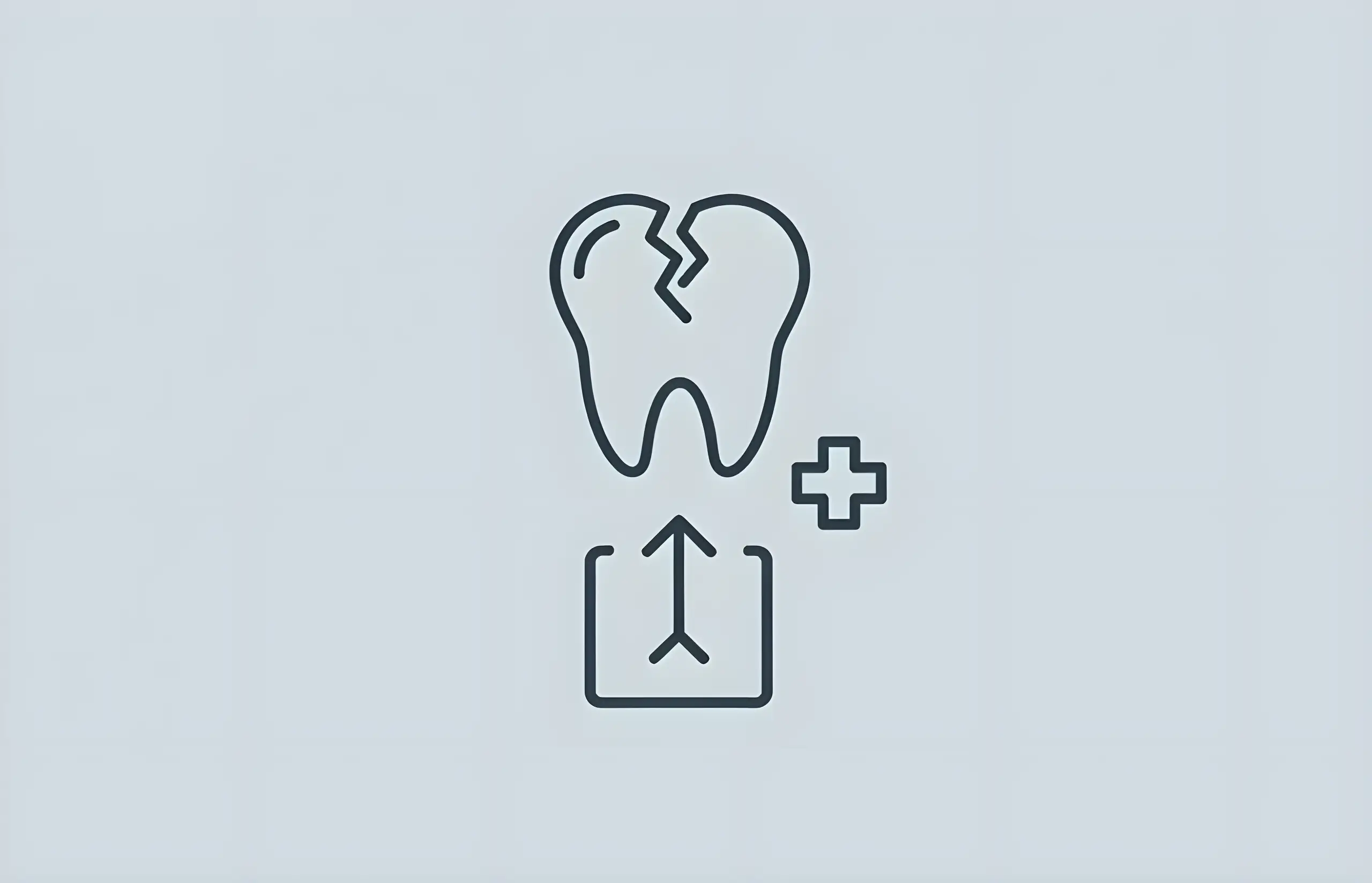
What To Do If You Have A Broken Molar
Understanding why molars break, recognizing symptoms from chips to severe fractures, and knowing when to seek urgent dental treatment
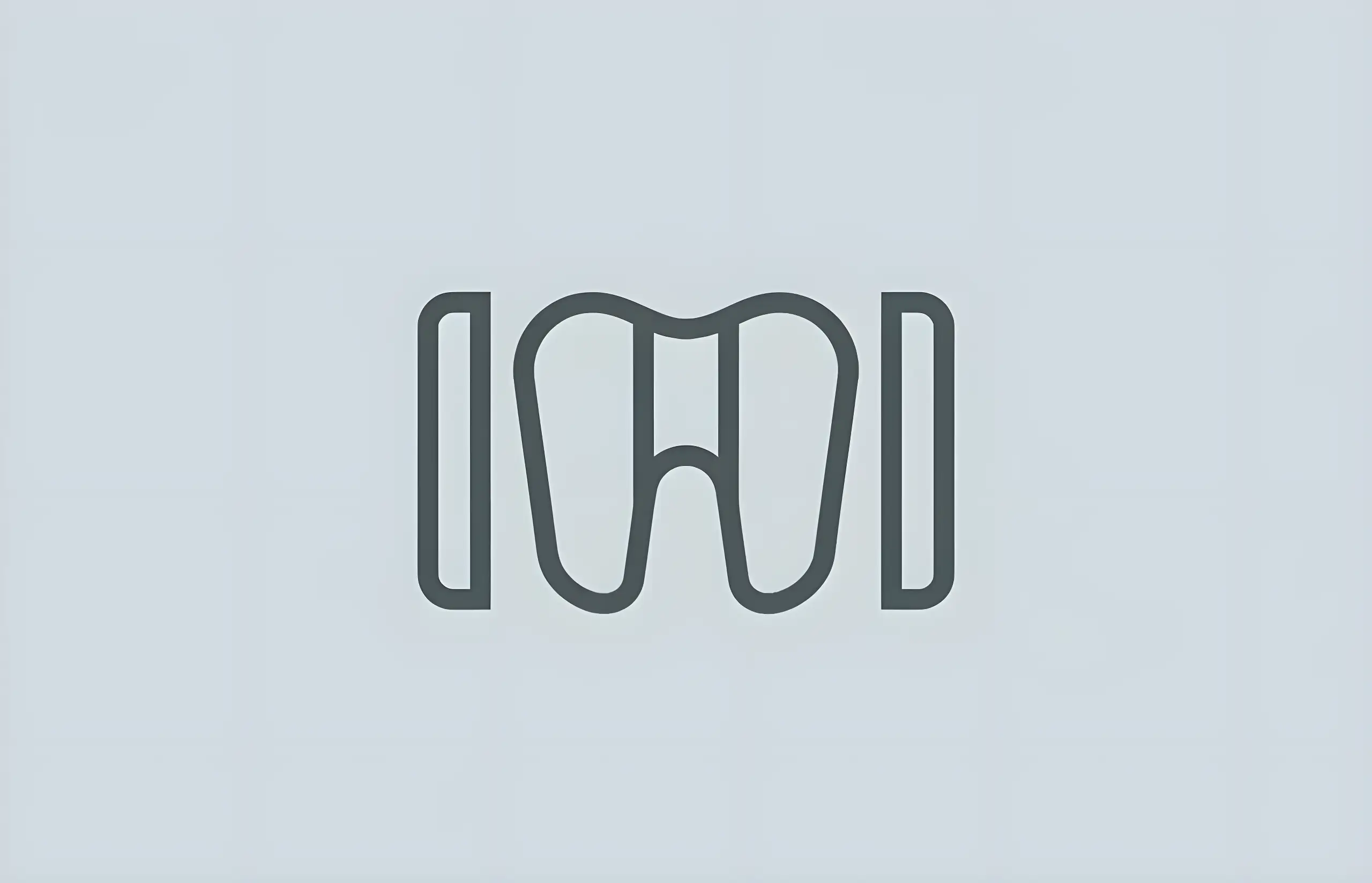
Diastema: How To Fix Gaps In Teeth
Comprehensive guide to diastema causes, types (midline and mandibular), prevalence in children (41.75%), treatment options including braces, veneers, composite bonding, frenectomy, and clinical outcomes
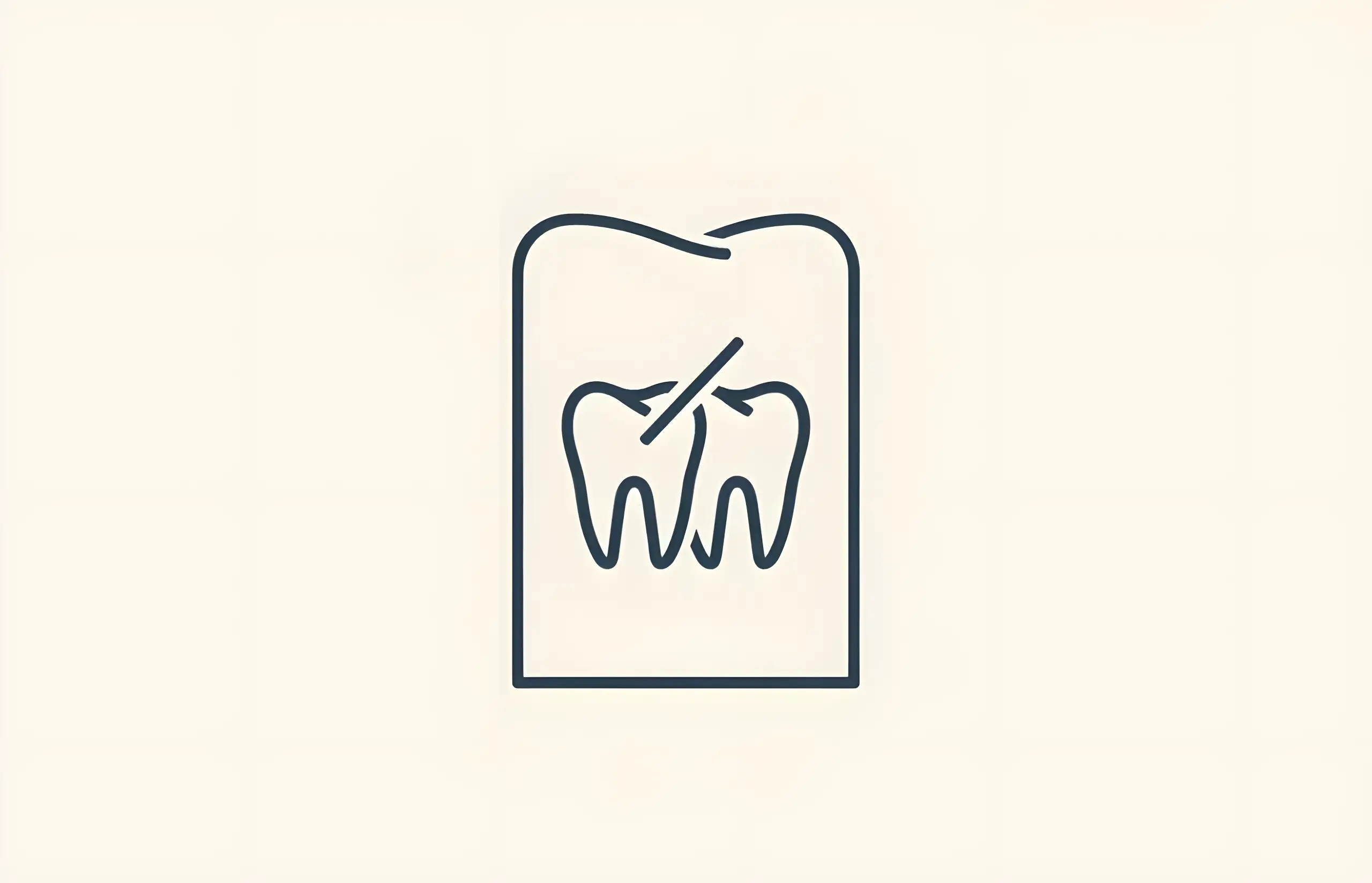
How to Fix a Crooked Tooth
Comprehensive guide to fixing a single crooked tooth, including treatment options, costs, and reasons to seek correction
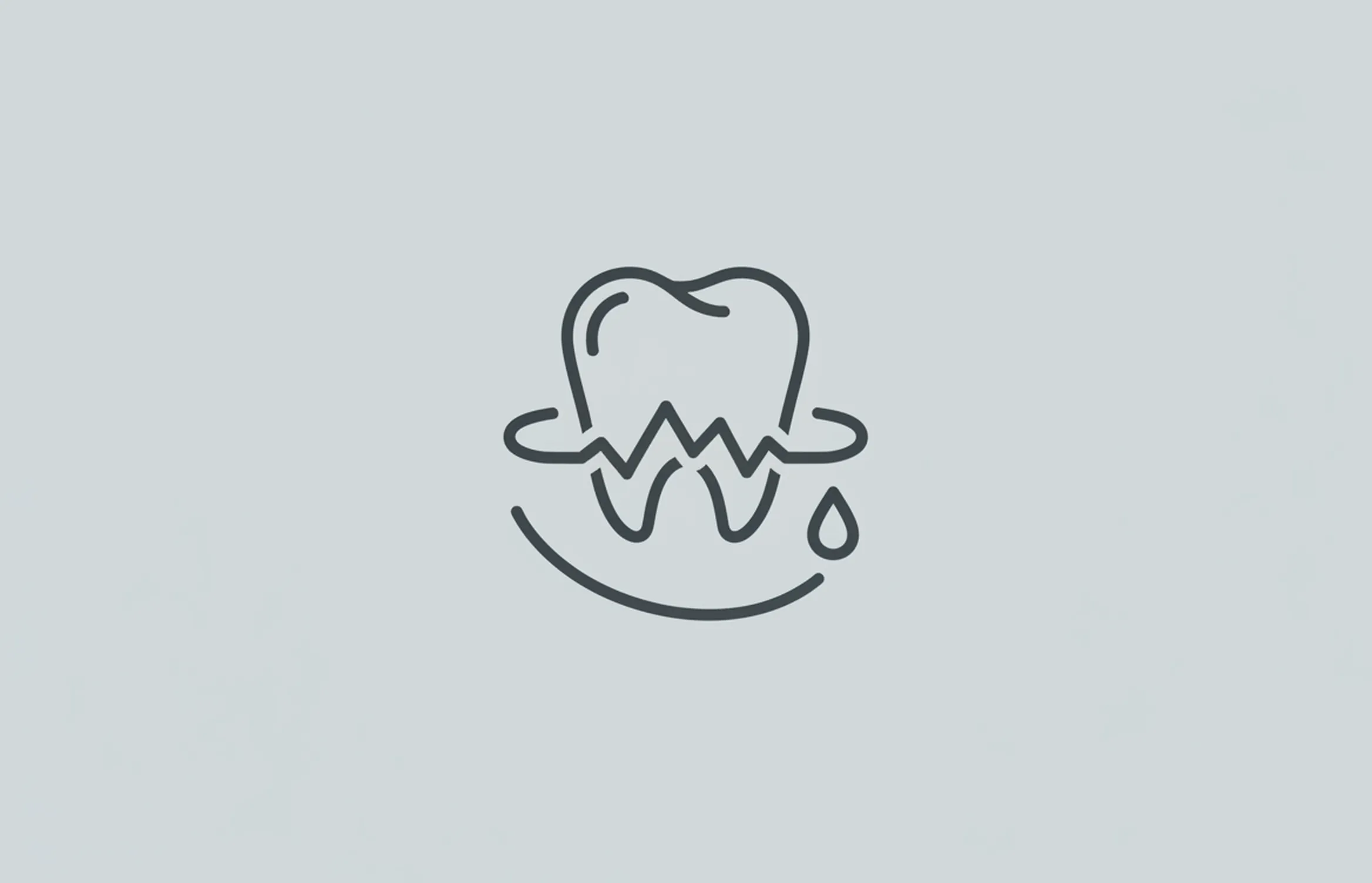
How To Treat Gingivitis
Learn effective treatments for gingivitis including home care strategies, proper oral hygiene techniques, and prevention methods to restore gum health

What is the Cost to Repair Chipped, Cracked, or Broken Teeth?
Comprehensive guide to tooth damage repair costs in the UK: NHS Band 1 (£22.70) for minor chips, Band 2 (£62.10) for fillings/root canals, Band 3 (£269.30) for crowns/veneers, with treatment success rates and prevention strategies
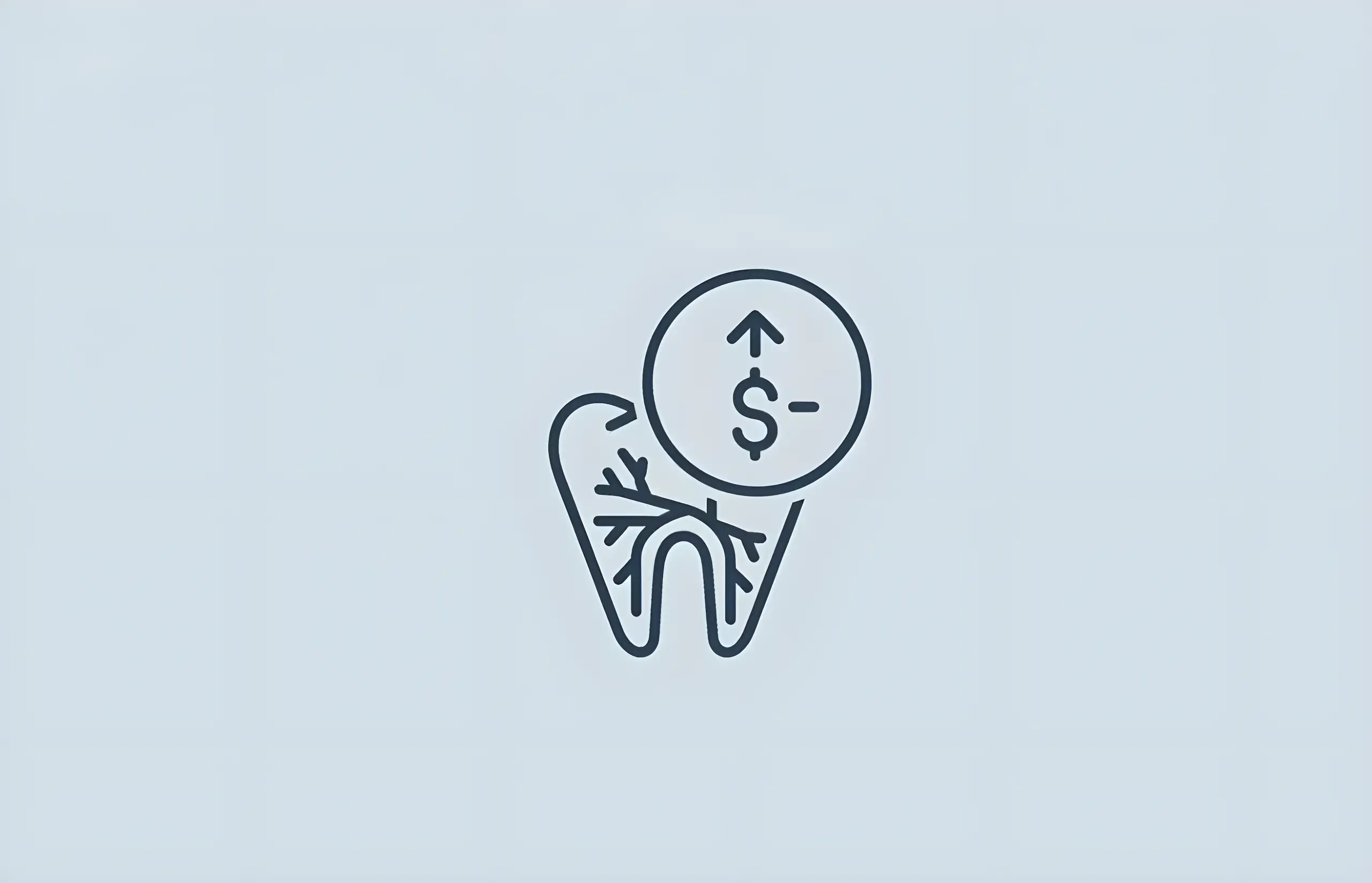
Root Canal Treatment – Costs and Information
Comprehensive guide to root canal treatment including what it is, the procedure, costs in the UK (NHS and private), and who needs endodontic therapy
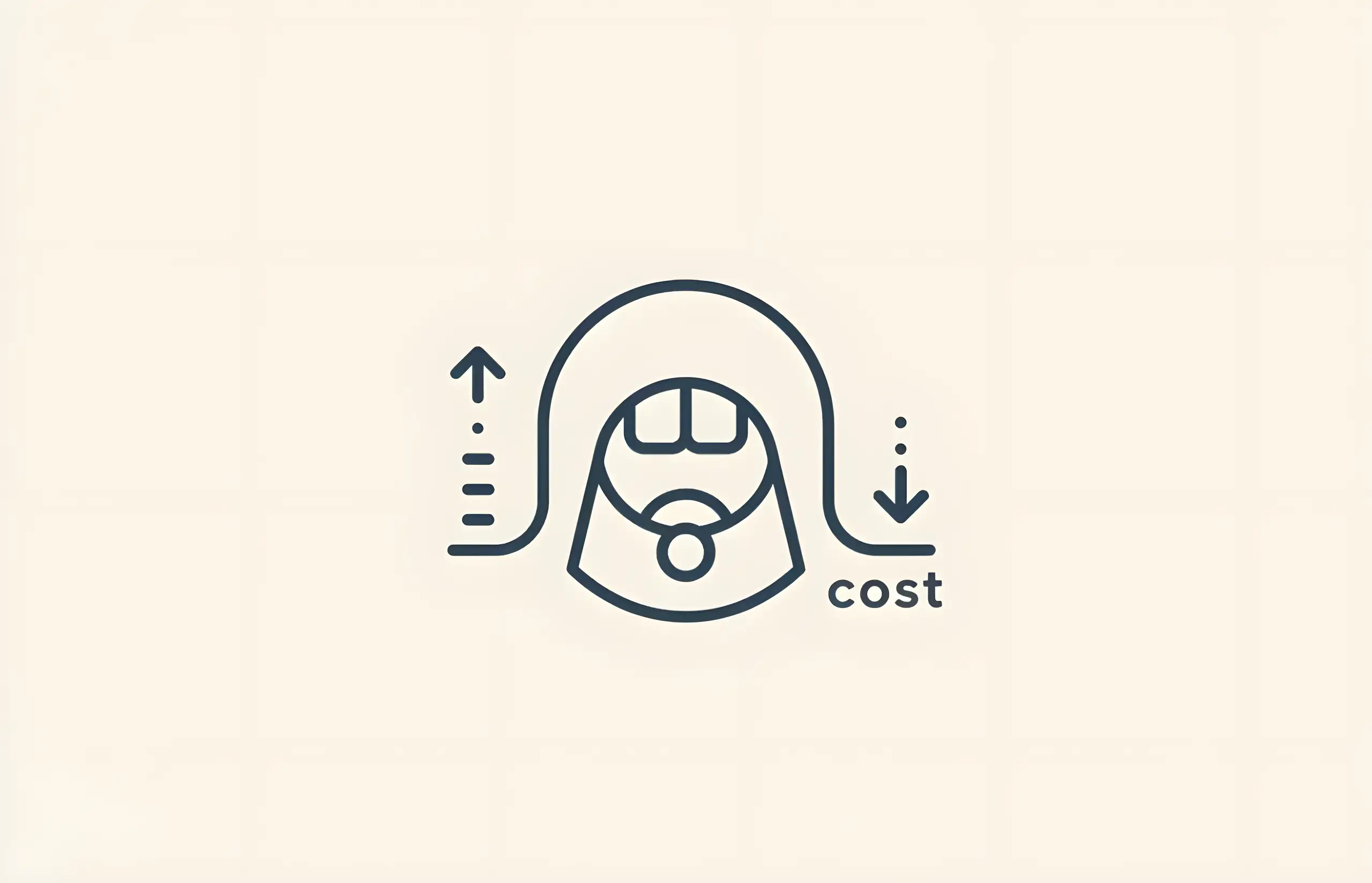
How Much Does Teeth Cleaning Cost?
Comprehensive guide to teeth cleaning costs in the UK, NHS pricing bands, scale and polish procedures, dental hygiene benefits, and professional teeth cleaning information

How Much Does A Tooth Extraction Cost?
Understanding the costs, procedures, and benefits of tooth extraction in the UK
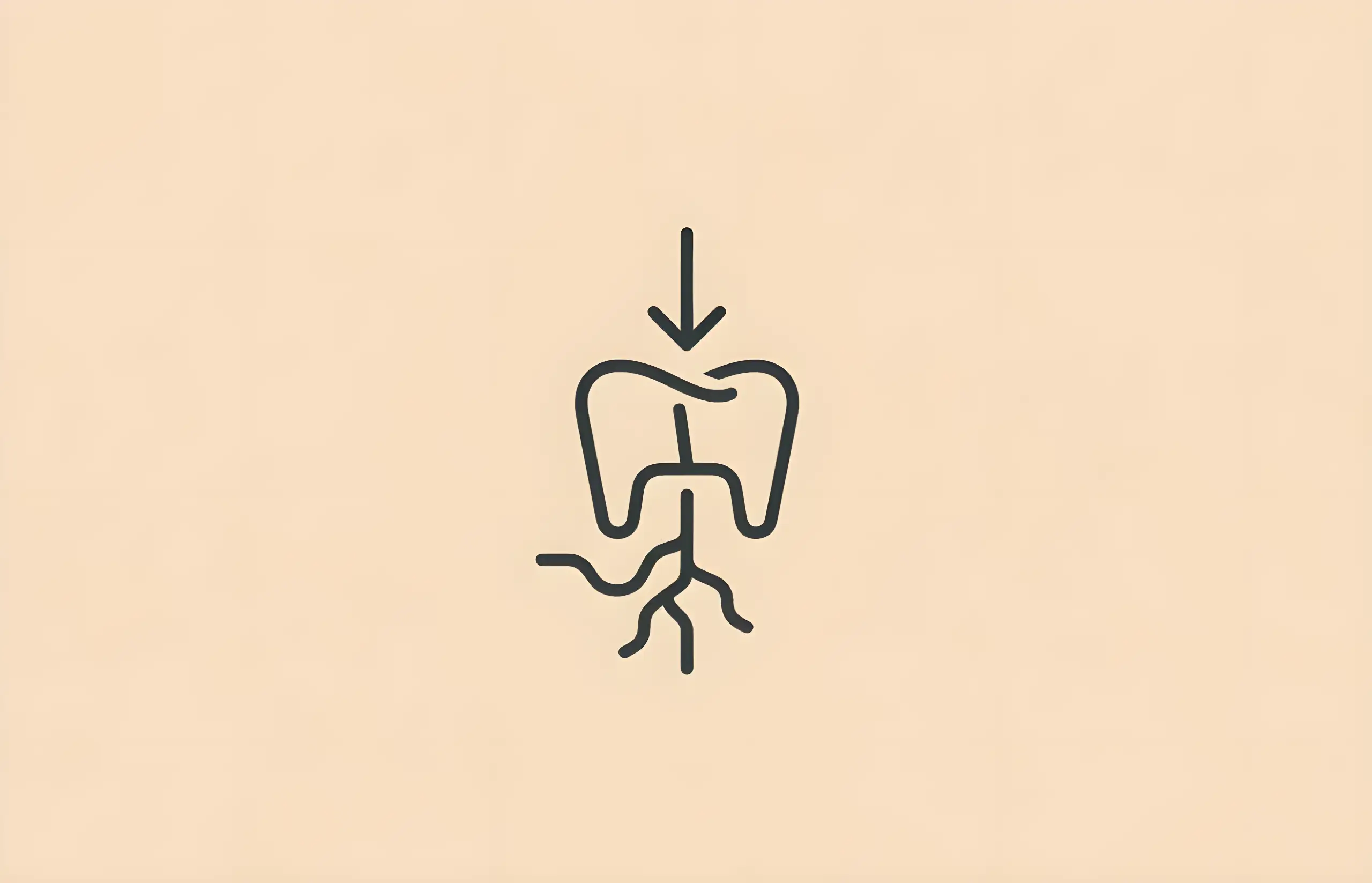
What Causes Teeth to Shift in Adults?
Understanding age-related tooth movement, poor habits, and treatment options to maintain dental alignment in adulthood

What Causes Crooked Teeth?
Understanding the genetic, environmental, and developmental factors that lead to misaligned teeth and available treatment options

What is a Crossbite?
Learn about crossbite malocclusion including types (anterior and posterior), hereditary causes, childhood factors like thumb-sucking, treatment options, and potential complications
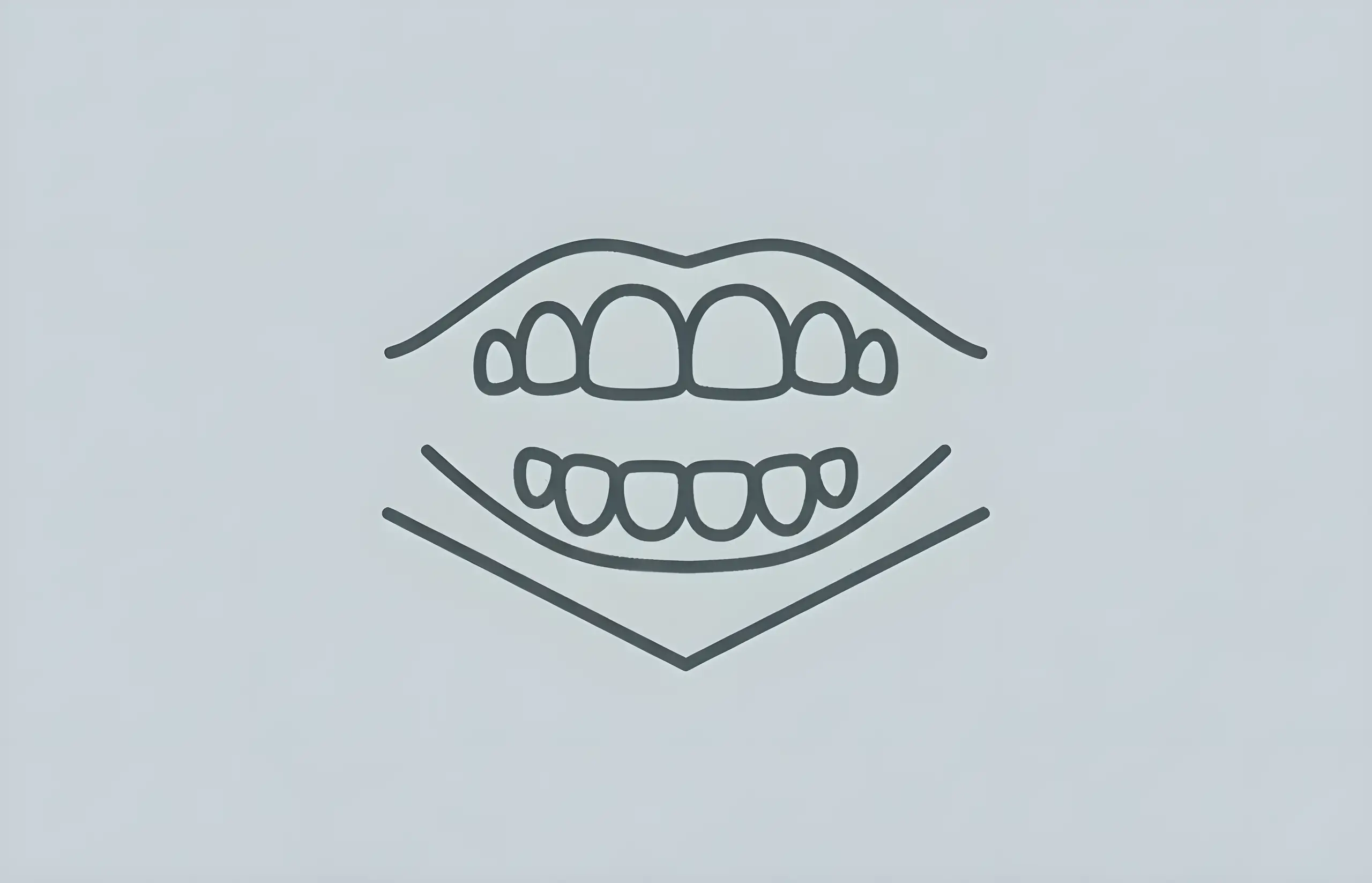
What Is An Open Bite?
Understanding anterior and posterior open bite malocclusion including causes, treatment options from braces to surgery, and functional impacts on speech and eating
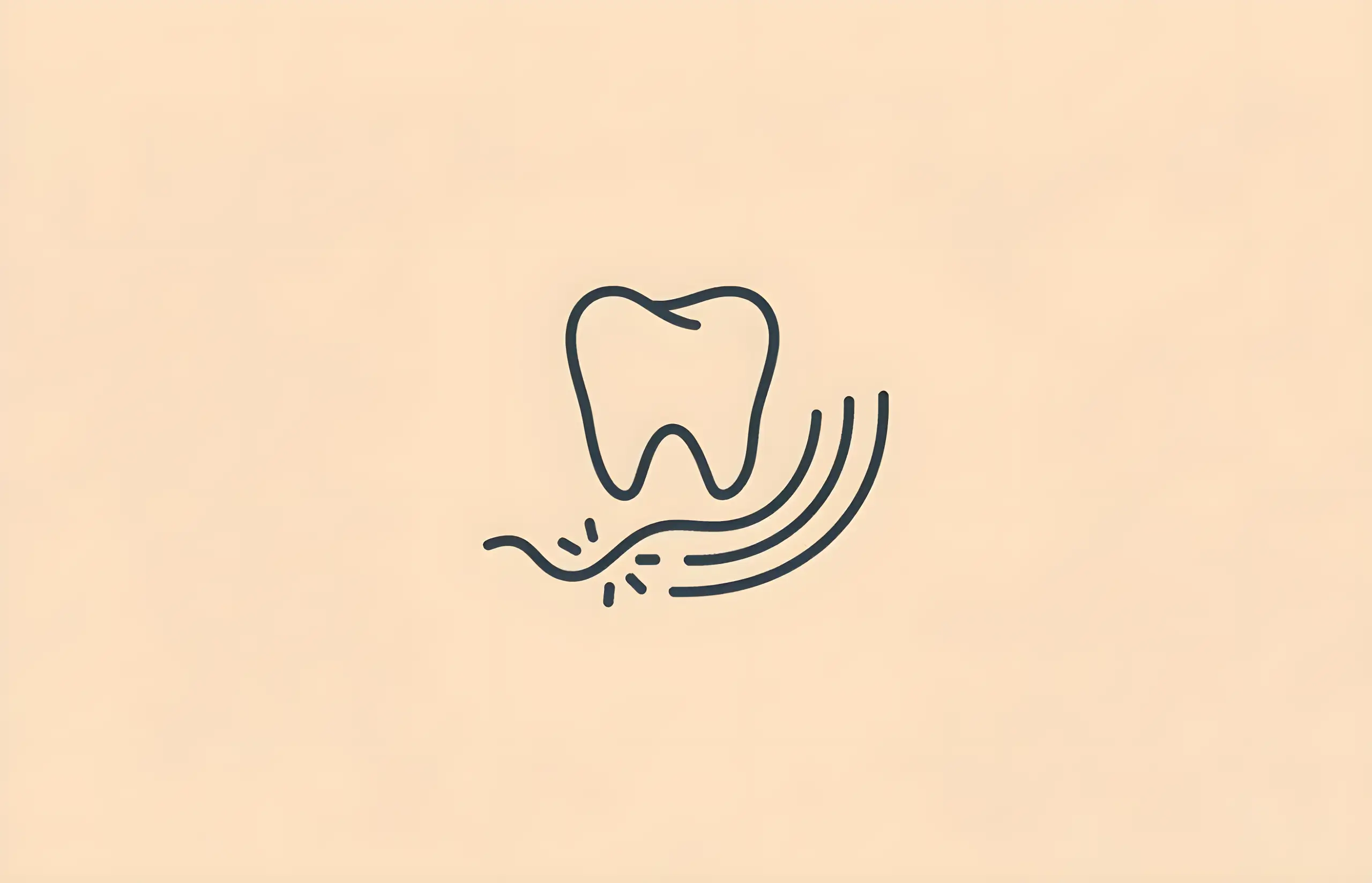
What Is Gingivitis?
Comprehensive guide to gingivitis, a common gum disease affecting 50-90% of adults, including causes, symptoms (bleeding, swelling, bad breath), treatment with scaling, and prevention through proper oral hygiene
About The Dental Guide
The Dental Guide is a trusted online resource providing evidence-based information about dental health, treatments, and procedures. Our content is created and reviewed by qualified dental professionals to help you make informed decisions about your oral health.
Our Mission
- Evidence-based dental information
- Expert-reviewed content
- Clear, accessible explanations
- Latest treatment options
- Patient-focused guidance
Editorial Standards
- GDC-registered dental professionals
- Peer-reviewed sources
- Regular content updates
- Medical accuracy verification
- Transparent authorship
Important Notice
The information on The Dental Guide is for educational purposes only and should not replace professional dental advice. Always consult with a qualified dentist for diagnosis and treatment recommendations tailored to your individual needs and circumstances.
Medically Reviewed
Reviewed by Dr. Nasim Mechoui , BDS (Bristol)
Share this article
Comments & Discussion
Have questions about dental implants? Share your thoughts or experiences.
